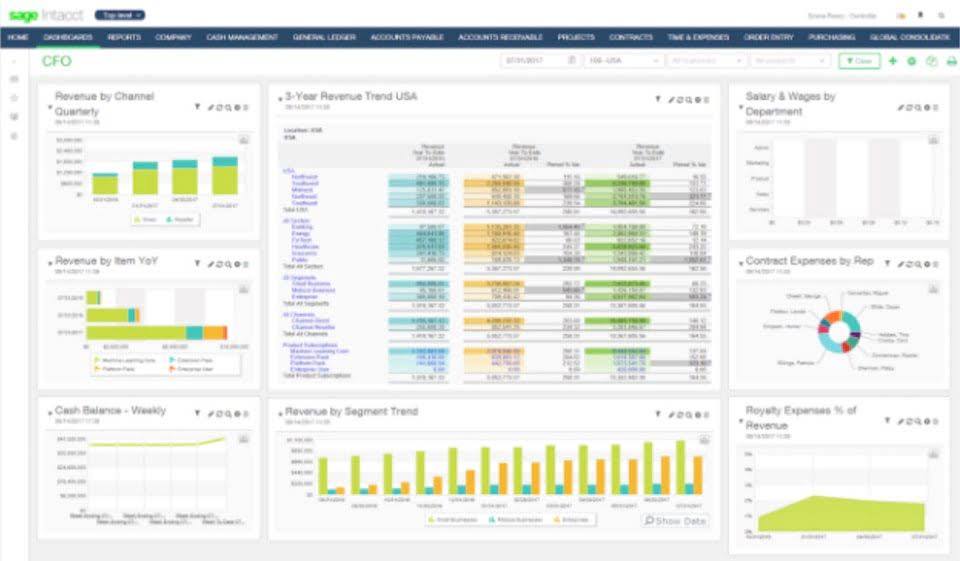Return on Investment ROI Calculator

Over 10 Online Accounting or more years, and with consistent contributions, you could see significant growth that gets you closer to your retirement goal,” he told me. ROI is one tool for determining what kind of retirement you may have. Like many tools available for financial calculations, when used solely, it has drawbacks. The first one is for a $100,000 investment into a high-interest savings account with a variable interest rate.

Step 1: Determine the Total Investment Cost
- Return on Investment (ROI) is a measure that is used to estimate the amount of profit that can be earned or has been earned from the different types of investments.
- ROI is a measure that is widely used to compare investment opportunities and their ability to generate economic value.
- Another disadvantage of ROI is that it needs to consider the time value of money.
- For those looking at the simplest way to measure the growth and efficiency of an investment, return on investment, or ROI, is the most fundamental of all.
Each metric provides a different perspective on investment performance. While ROI is a valuable metric, it’s essential to understand how it differs from other performance metrics. Other metrics include IRR (Internal Rate of Return) and NPV (Net Present Value). An investor can use ROI to compare the profitability of some, but not all, annuities.
- That’s easy in the case of stock shares but it’s more complicated when calculating the ROI of a business project that’s under consideration.
- With countless investment options to choose from, it can be challenging to weigh one investment against the rest.
- It’s essential to calculate the ROI of existing tools to get an idea of what equipment to add and the benefits those additional tools will bring to a business.
- When an investment shows a positive or negative ROI, it can be an important indication to the investor about the value of their investment.
Return on Investment (ROI): How to Calculate It and What It Means (
As mentioned earlier, ROI does not factor in the time dimension of investments, which can lead to misinterpretation of value. A short-term high ROI could be less desirable compared to a longer-term investment that provides a steadier return. Thus, a 50% ROI might look excellent, but if it took 10 years to achieve that return, it may not be as compelling compared to a 10% ROI achieved what is return on investment in one year. Understanding the time to realization adds vital context to the ROI figure.

Valuation Insights: Comparable Company Analysis with Acquinox’s Valuation Tool
Return on investment or ROI is a profitability ratio that calculates the profits of an investment as a percentage of the original cost. In other words, it measures how much money was made on the investment as a percentage of the purchase price. It shows investors how efficiently each dollar invested in a project is at producing a profit. Investors not only AI in Accounting use this ratio to measure how well an investment performed, they also use it to compare the performance of different investments of all types and sizes. Return on Investment(ROI) could be a crucial metric businesses use to assess the proficiency and benefit of different exercises, from promotional campaigns to investment ventures.
Is ROI Calculated Annually?
Time value of money refers to the concept that money is more valuable now than in the future, given that it can earn interest over time. Dollars invested today will have more time to earn compounding interest than dollars invested next year. ROI shows how much profit you earned from an investment compared to what you spent. Over time, ROI offers a simple way to track whether returns are making strides or declining. This may highlight when to turn or proceed with the current procedures.

ROI vs IRR (Internal Rate of Return)
The only variation in investments that must be considered is how costs and profits are accounted for. Below are two examples of how return on investment can be commonly miscalculated. The return on investment (ROI) formula remains the same whether you’re evaluating the performance of a single stock or considering the potential profit of a real estate investment. Total returns and total costs must be considered to calculate net returns. Total costs include the initial purchase price and any trading commissions paid.

The investor spent a total of $125 on trading commissions to buy and sell the shares. ROI is typically expressed as a percentage because it’s easier to understand than a ratio. The ROI calculation includes the net return in the numerator because returns from an investment can be either positive or negative. Within that, though, there can be considerable variation depending on the industry. During 2020, for example, many technology companies generated annual returns well above this 10% threshold. Meanwhile, companies in other industries, such as energy companies and utilities, generated much lower ROIs and in some cases faced losses year-over-year.
For example, if you see that investing in social media advertising has a 200% ROI while TV ads have a 50% ROI, then that might lead you to invest more in social media ads in the future. Looking at ROI can be useful for making different investment decisions. Within stocks, you might compare the ROIs of different funds or sectors to see what could be a good option for you.
A “good” return on investment depends entirely on your objective, the type of asset, and how long you plan to hold it. There’s no universal benchmark; for example, an 8% return might outperform expectations in fixed income, but underperform in high-growth business ventures. That’s why understanding how to estimate return on investment is key to making informed financial decisions. Furthermore, ROI enables investors to compare different investment opportunities. By calculating the ROI of various investments, investors can make informed decisions about allocating their resources. This comparative analysis helps identify the most lucrative opportunities and optimize investment portfolios.

